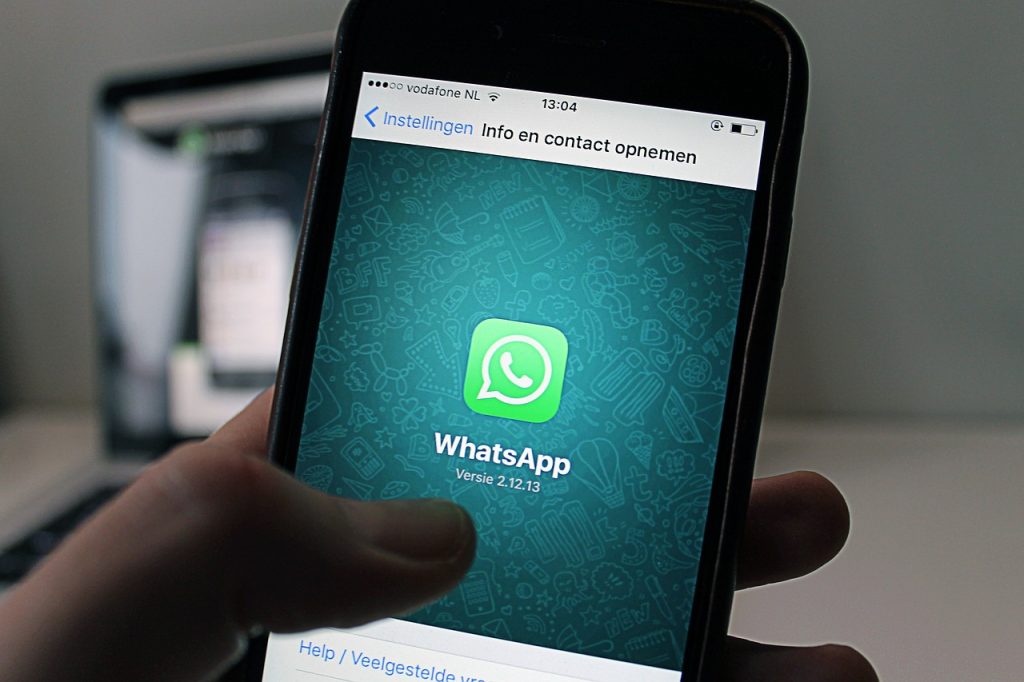In the world of digital communication, two methods have garnered significant popularity among users globally: traditional texting (Short Message Service or SMS) and instant messaging apps, with WhatsApp taking the lead. While these two communication channels share the fundamental aim of connecting individuals, they differ significantly in features, functionality, and requirements. This article delves into the differences between WhatsApp and traditional texting, examining their characteristics and uses to help readers make informed decisions about their preferred communication method.
Traditional Texting (SMS)
Traditional texting or SMS was one of the earliest forms of mobile communication, dating back to the 1990s. It allows users to send short text messages (up to 160 characters) to other mobile users using their phone numbers.
The defining feature of SMS is its simplicity and universal reach. As a fundamental component of mobile networks, SMS does not require an internet connection, making it accessible even in areas with weak or no internet coverage. Furthermore, SMS is compatible with almost all types of mobile devices, not just smartphones, which ensures a broad user base.
However, SMS comes with its limitations. It supports basic text and limited multimedia content (via MMS) and lacks many of the advanced features present in modern instant messaging apps. Moreover, depending on the user’s mobile plan, SMS may incur costs per message, especially for international messaging.
WhatsApp, launched in 2009, revolutionized digital communication by providing a platform that amalgamates text messaging, voice and video calls, and media sharing in one app. As of my knowledge cutoff in September 2021, WhatsApp was being used by over 2 billion people worldwide.
Unlike SMS, WhatsApp requires an internet connection, either Wi-Fi or mobile data. While this requirement might limit accessibility in areas with poor internet connectivity, it offers a richer, more interactive communication experience. Users can send unlimited text messages, make voice and video calls, share photos, videos, documents, and even their live location.
WhatsApp also provides end-to-end encryption, ensuring that only the sender and the recipient can read the messages, enhancing user privacy. The platform is free to use, with no additional charges for international communication, which makes it an economical choice for users around the globe.
WhatsApp vs. Texting: The Differences
Internet Requirement: As mentioned, SMS relies on cellular networks, while WhatsApp requires an internet connection. This distinction can make SMS more accessible in areas with limited internet connectivity but restricts its feature set.
Multimedia and Features: WhatsApp allows for a richer exchange of information, with users being able to send not only text messages but also images, videos, voice notes, documents, and even make voice or video calls. SMS is primarily limited to text, with MMS offering a very basic level of media sharing.
Security: WhatsApp uses end-to-end encryption, which means only the sender and recipient can read the messages. SMS does not have this level of security, and messages can potentially be intercepted during transmission.
Cost: Depending on the mobile plan, SMS may incur charges per message, which can become particularly high for international messaging. In contrast, WhatsApp is free, requiring only an internet connection.
Group Communication: WhatsApp allows for easy group communication, with options to create chat groups, broadcast messages to multiple contacts simultaneously, and even host group voice or video calls. While SMS also provides group messaging options, they are more rudimentary and lack the smooth interactive experience that WhatsApp offers.
Status Updates and Read Receipts: WhatsApp allows users to post status updates visible to their contacts, a feature absent in traditional SMS. It also offers ‘read receipts’ that show when a message has been read by the recipient, a functionality not available in SMS.
Compatibility: SMS, being a core service of mobile networks, is compatible with almost all mobile devices, including basic feature phones. WhatsApp, on the other hand, requires a smartphone with a valid internet connection.
Conclusion
In the final analysis, both WhatsApp and traditional texting have their unique strengths and weaknesses. SMS shines in its simplicity, universal compatibility, and ability to work without an internet connection. WhatsApp, meanwhile, offers a feature-rich platform that supports various media types and advanced functionalities such as group chats, voice/video calls, and end-to-end encryption.
The choice between WhatsApp and traditional texting ultimately depends on individual user requirements. For users who prioritize advanced features, multimedia sharing, and international communication without additional costs, WhatsApp is a robust option. For those who value universal accessibility, simplicity, and operation without an internet connection, traditional texting is still a relevant choice.
In the rapidly evolving digital communication landscape, the key is to understand the capabilities and limitations of different platforms and choose the one that best fits one’s needs. Whether it’s WhatsApp or SMS, each platform offers unique ways to keep us connected in an increasingly digital world.







